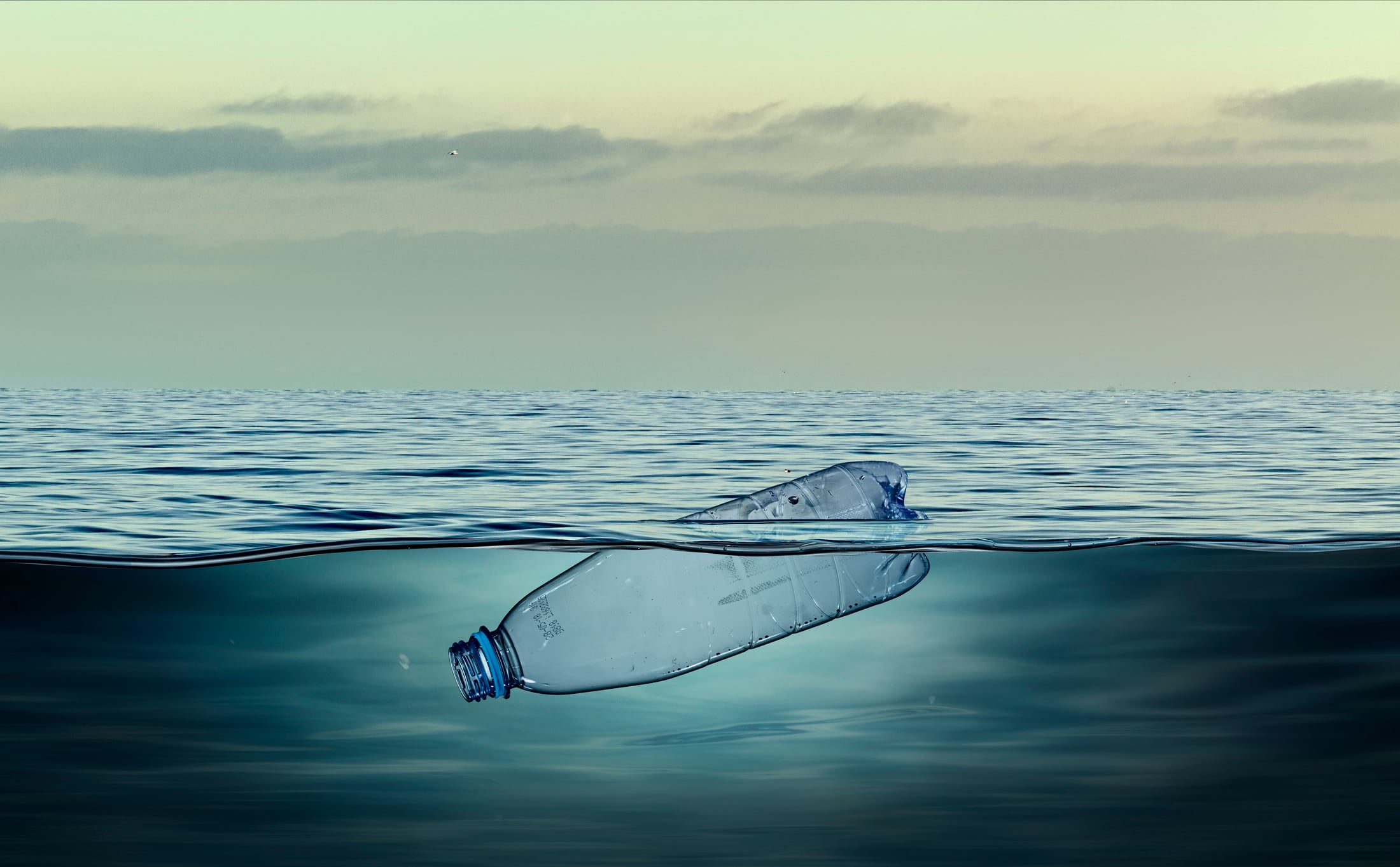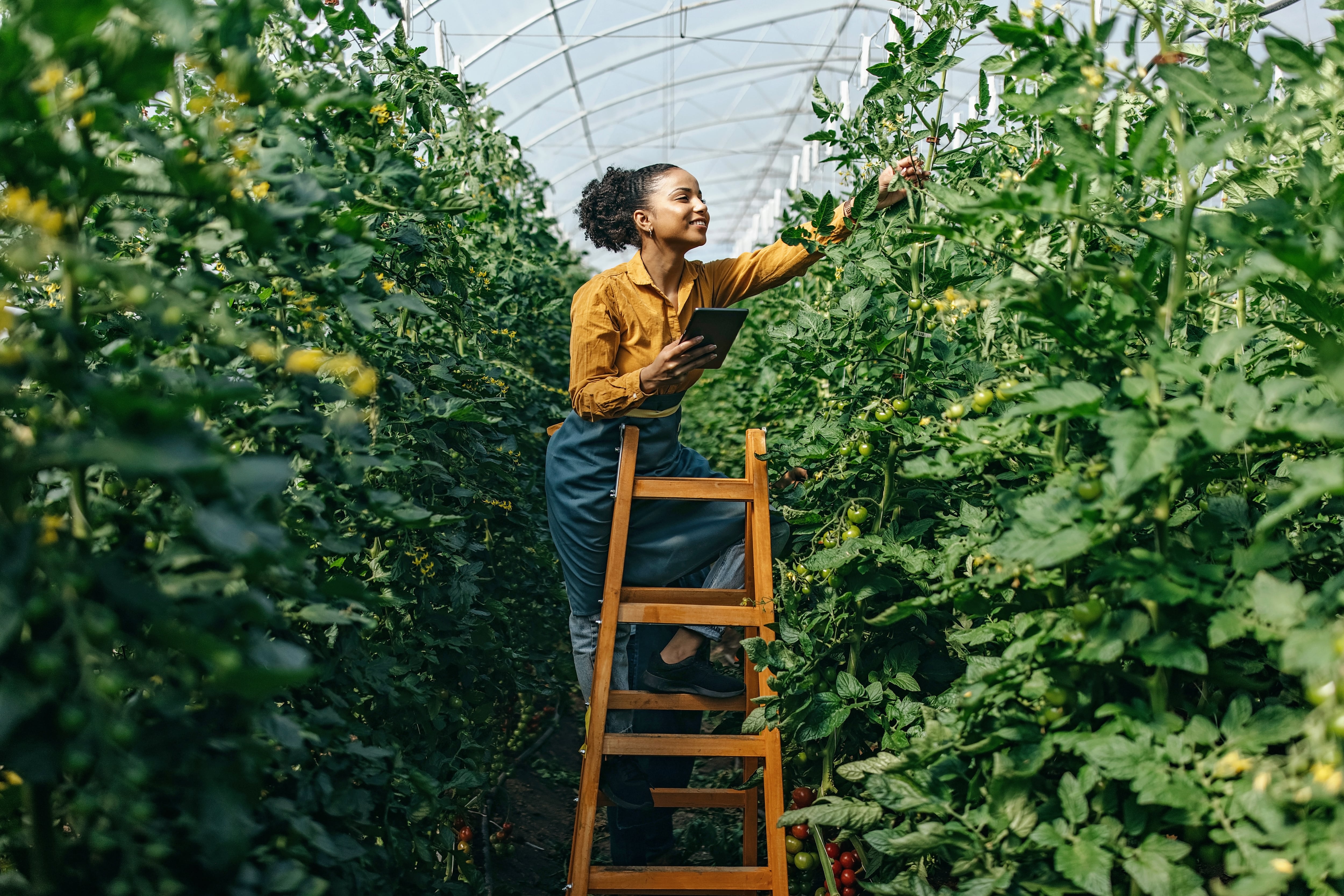Sustainable packaging will be a hot topic at Natural Products Expo West, where One Step Closer’s Packaging Collaborative ‐ a coalition of brands working to implement industry-wide sustainability and social impact initiatives ‐ will share strategies for using recyclable and compostable materials, mitigating supply chain risks and potentially lower costs over time, according to Eliza Brady, director of the Packaging Collaborative at One Step Closer.
New packaging alternatives, such as seaweed-based packaging, mushroom mycelium and plant-based materials, are gaining traction but come with sourcing challenges, Brady explained.
One of OSC’s key initiatives is the Packaging Collaborative, which helps brands transition to compostable, recyclable and other circular packaging solutions by leveraging group purchasing power, research and advocacy efforts, she added.
While plant-based options offer a compostable aspect, sustainable sourcing can be a challenge, she said.
Brands interested in sustainable packaging options could consider Prevented Ocean Plastic, a company that collects plastics from coastal areas to make post-consumer recycled plastic that is returned to the packaging supply chain to close the loop, Brady added.
“The single-use plastic that is collected from countries where waste and processing infrastructure are overwhelmed or just not in place, the plastic would otherwise end up in the ocean. There are companies out there that have programs in place for that plastic to be collected by the local community and then processed and put back into the supply chain,” she explained.
This “example of circularity” is emphasized in the Packaging Collaborative’s mission to keep materials in the supply chain, “rather than having a linear system,” Brady added.
Unsurprisingly, compostable or recycled packaging alternatives will come at a higher cost considering most waste management processes exclude these materials. However, legislative efforts, such as California’s SB 54, which was signed into law in 2022 and mandates that all single-use packaging must be recyclable or compostable by 2032. Extended Producer Responsibility (EPR) laws and state-level regulations, like California’s SB 54, are making sustainability a requirement rather than an option. Brands that adapt will avoid penalties and disruptions.
To explore these topics further, Brady will host the 2025 Packaging Innovation Awards Ceremony which recognizes leaders in packaging design, sustainability and functionality on Mar. 5 during Expo West. Following the ceremony, Brady will join other panelists in the packaging space to discuss the relationship between policy and sustainable product development.
Natural Products Expo West Preview
This story is part of a special collection of articles previewing what to expect at Natural Products Expo West, including what booths and education sessions to check out and what trends to watch. The collection highlights new products and branding as well as strategic advice for long-term success. We also explore evolving market dynamics to help you make the most of your time in Anaheim, Calif.
Check out the full collection.
To receive future special editions via email, register for free for FoodNavigator-USA's newsletters. Find out more by clicking the yellow 'register' button at the top of our homepage or by visiting www.foodnavigator-usa.com/info/why-register.
Communicating on pack
For brands looking to switch to sustainable packaging, which could subsequently raise prices for the consumer, Brady advised clear communication to consumers about how the change will benefit them as well.
“For any brands that need to increase the price of their product to support a new sustainable packaging initiative or a new material that they are trying out: effectively explain that to your customer with the benefit and the reasoning behind it, even on the actual packaging,” she explained.
Creating a story around the packaging switch can be “an effective way to differentiate” from competitors and against other brands “that are greenwashing,” Brady added.
While raising prices for consumers may be intimidating for brands, there is still a significant audience for products that are sustainably driven, particularly younger consumers.
“Younger consumers are more likely to be willing to spend more on a product that they perceive as eco-friendly or sustainable or green in some way. Having the truth back behind that is definitely impactful,” she added.



